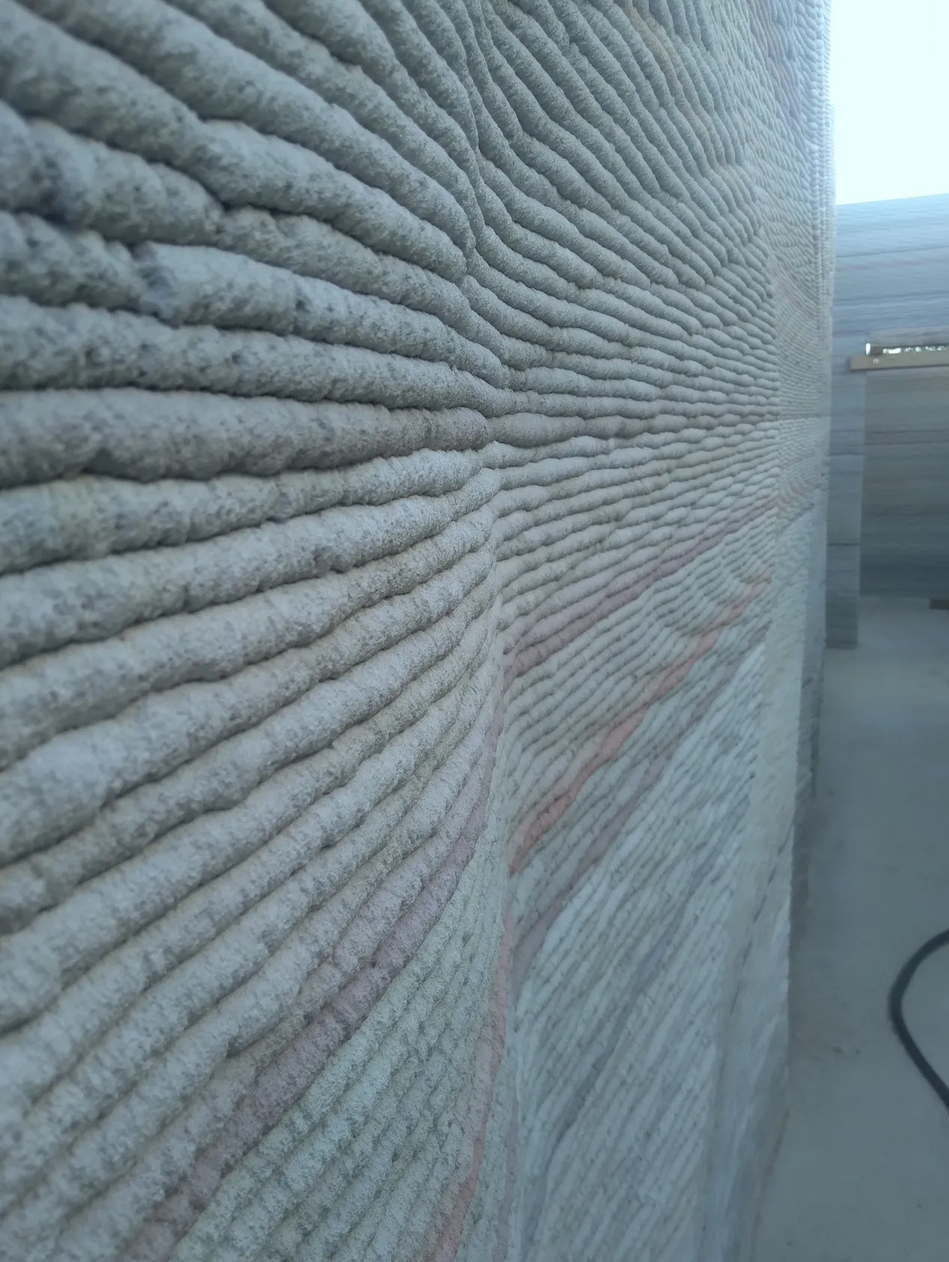In recent years, 3D printing has proven itself as a revolutionary technology in various industries. But what is the role of 3D printing in the construction sector? In this article, we explore the rise of 3D printing in construction and how it could impact the future of the sector. We discuss the benefits, applications and potential challenges of this innovative technology.
Benefits of 3D printing in the construction industry: Efficiency and cost savings . One of the main benefits of 3D printing in the construction sector is the improved efficiency. By using 3D printers, construction companies can produce complex structures and parts with high precision and speed. This significantly shortens construction time and reduces dependence on manual labor. Furthermore, the reduced use of traditional building materials leads to significant cost savings in the long term. However, it is of course true that the material is different, as it probably needs to dry faster and gain structural strength faster.

Future applications of 3D printing in the construction industry . The future of 3D printing in the construction sector is promising. With continued technological developments, we can expect 3D printers to be able to produce larger structures and entire buildings. This opens the door to large-scale projects that were previously unthinkable. Furthermore, 3D printing offers the opportunity to achieve customization and architectural complexity, making unique and innovative designs a reality. Optimizing structures is also possible, including making certain parts hollow to save material but maintain integrity. In the future, the material will have to be produced even cheaper, including the CO2 emissions it leaves behind during this production process.
Sustainability and environmental friendliness . Another important aspect of 3D printing in the construction sector is its positive impact on the environment. Traditional construction methods often generate a lot of construction waste, but 3D printing minimizes this waste by using precision manufacturing. In addition, 3D printing can be combined with sustainable materials, such as recycled plastic parts or reusing concrete for 3D printing of new structures in construction.
Challenges and future developments . Although 3D printing has a lot of potential in the construction industry, there are also some challenges that need to be taken into account. The limitations of available materials, the efficiency of making the material, having it produced locally and the need for robust regulations are some of the obstacles that need to be overcome. Nevertheless, researchers and experts are working together to address these challenges and further develop the technology.


